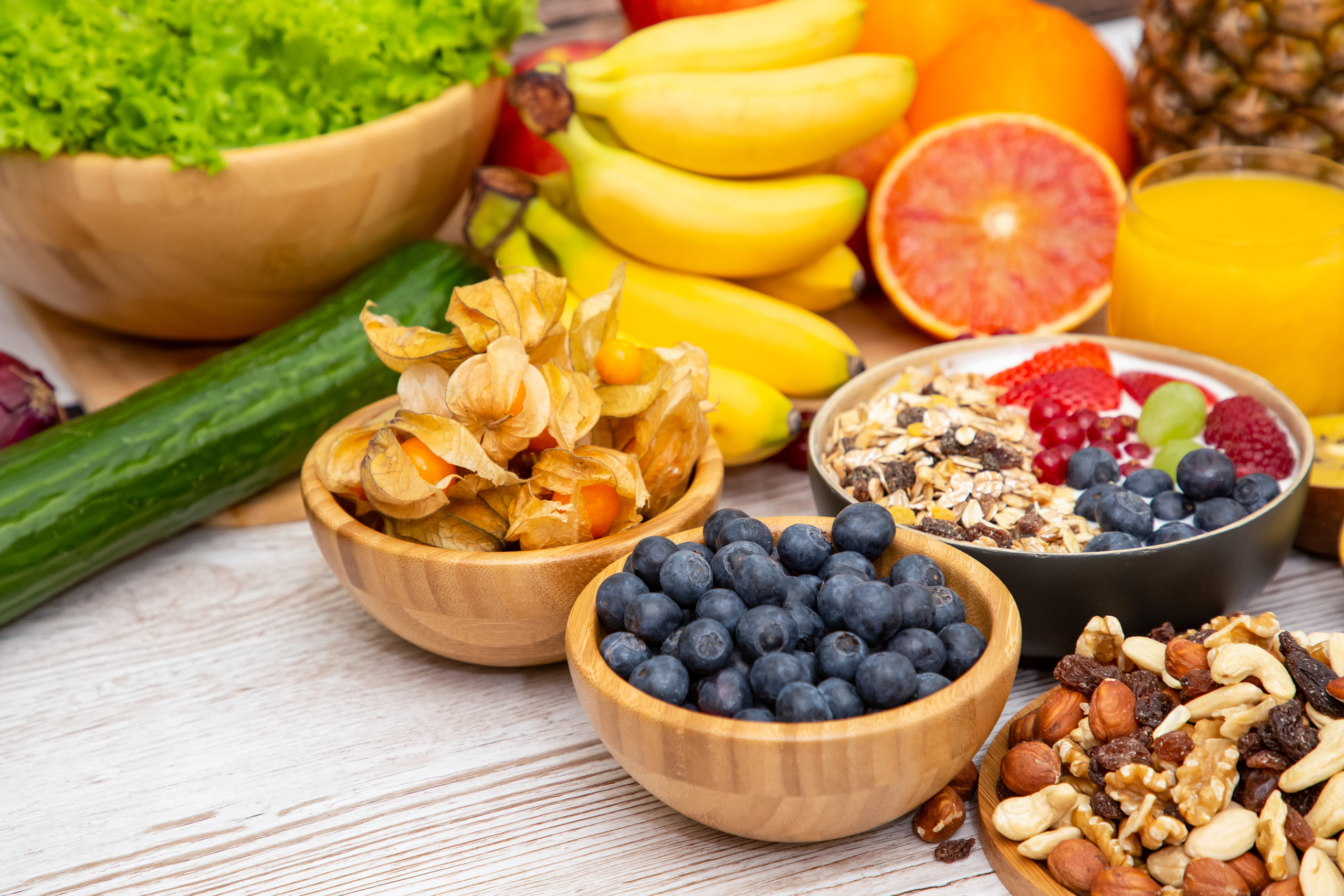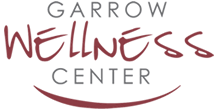1. Don’t Mistake Fad Diets for Healthy Eating
One should not mistake healthy eating with dieting. Diets often push individuals in the wrong direction, causing some to think that diet trends like calorie deficits and fasting are efficient ways of losing weight. While this may work for some, those who take part in unhealthy diets miss out on essential vitamins and nutrients for key body functions, according to Livestrong.

2. Don’t Skip Breakfast!
A well-balanced diet can go a long way in helping your body nourish itself and obtain the necessary vitamins for daily activity. It’s no secret that starting your day off right with a nutritious breakfast will keep you energized and focused throughout the day. According to Harvard Health Publishing, your chances of obesity, diabetes, and heart disease are lowered if you eat a healthy breakfast regularly. During the hours of sleep, your body starts to lose the key nutrients it needs to function at its highest capacity. Starting your day off by eating a healthy breakfast can replenish things like blood sugar, which helps with muscle and brain function.
Harvard Health Publishing also mentions that, on average, those who eat a healthy breakfast in the morning are thinner than those who skip the most important meal of the day. The Mayo Clinic states that eating a well-balanced breakfast is beneficial because it can reduce hunger, helps you start making healthier choices related to food, and gives you more energy so you can burn more calories throughout the day.
3. Give Your Body the Right Pre-Workout Fuel
Before a workout, be aware of the food with which you are fueling your body. You might feel adverse effects, like fogginess or stomach aches and cramps, if you eat certain foods that are unhealthy and harder for your body to digest before a workout. Healthline highlights key foods that will help you be the most prepared for your workout.
- Bananas are full of potassium and magnesium which can help provide you with natural sugars for an efficient workout.
- Berries, like blueberries, have anti-inflammatory properties that can help with muscle damage, aiding in the strength regaining process.
- Grapes help expand blood vessels by enhancing nitric oxide levels in the body. Expanded blood vessels mean blood moves smoother and faster during your workout.
- Oranges provide carbohydrates and vitamin C that will help repair your muscles during exercise. Oranges also carry lots of water to help keep you hydrated during your workout.
- Nuts are full of healthy fats and protein that can help you sustain energy and nutrients during your workout.
- Nut butter is packed with protein and carbohydrates that can be eaten alone or paired with foods like apples, bananas and whole wheat bread. Peanut butter, almond butter, and soy butter are all great options for pre-workout snacks.
4. Get 150 Minutes of Exercise Weekly
Now that you have the right fuel, all you need to do is get your body moving! Even just 30 minutes of exercise five days a week can help you meet the physical activity levels recommended for adults ages 18 and over. The CDC suggests that healthy adults should be getting on average 150 minutes of exercise a week. Short 15-minute workouts can be just as effective as longer ones, as long as you are maintaining the recommended form, giving it your all, and fueling your body with necessary nutrients beforehand.
A study published by the Journal of the American Heart Association identifies the importance of heart rate in relation to workout times. Your heart rate should be elevated for at least 10 minutes in order for exercise to be categorized as beneficial. In order for your heart rate to reach an elevated level, exercise intensity must reach moderate to vigorous levels. Exercising at home is easier than ever with simple guides to help you reach exercise levels for optimal heart rate elevation.

